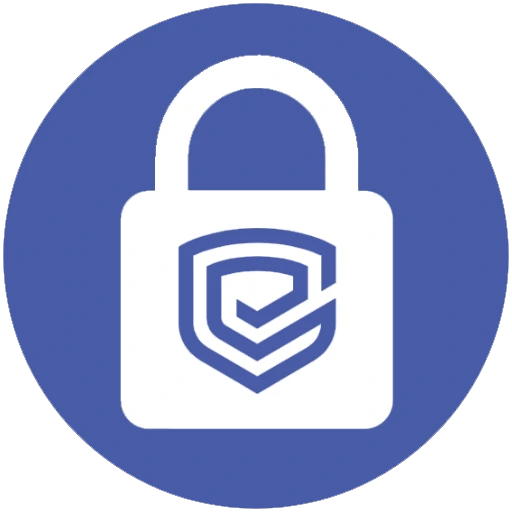Use case: OAuth 2.0 Use Case
Goal: To allow third-party applications to access user data without exposing the user's credentials.
Actors:
- User: The owner of the data to be accessed by the third-party application.
- Third-party Application: An application that requires access to the user's data.
- Resource Owner: The entity that owns the user data, such as a social media platform or email provider.
- Authorization Server: The system that grants access to the user data on behalf of the user.
- Resource Server: The system that stores and manages the user data.
Preconditions:
- User has an account with the Resource Owner.
- Third-party Application is registered with the Resource Owner and has been authorized by the user.
- Authorization Server and Resource Server are configured to support OAuth 2.0.
Steps:
- The Third-party Application requests authorization to access the User's data.
- The User is redirected to the Authorization Server's login page.
The User enters their login credentials.
- The Authorization Server verifies the User's credentials against the User's account information stored by the Resource Owner.
- The Authorization Server presents the User with a consent screen, which describes the type of data the Third-party Application is requesting access to and the scope of that access.
- If the User approves the request, the Authorization Server issues an access token to the Third-party Application.
- The Third-party Application uses the access token to authenticate with the Resource Server and request access to the User's data.
- The Resource Server validates the access token and grants the Third-party Application access to the User's data.
- The Third-party Application can now access the User's data as authorized by the access token.
Postconditions:
- The Third-party Application can access the User's data as authorized by the User during the consent process.
- The User's credentials are never exposed to the Third-party Application, increasing the security of the authentication process.
- The access token has a limited lifespan, so even if it is compromised, it will eventually become invalid.
Alternative Scenarios:
- If the User denies the request, the Third-party Application cannot access the User's data.
- If the access token is compromised, the Resource Server will deny access to the User's data. The Third-party Application will need to obtain a new access token to regain access.
- If the Authorization Server or Resource Server is unavailable or experiencing technical issues, the User will not be able to grant access to the Third-party Application.
 SSO SAML 2.0
SSO SAML 2.0
 OAuth 2.0
OAuth 2.0
 Multi Factor Authentication
Multi Factor Authentication
 PasswordLess
PasswordLess
 WhatsApp
WhatsApp
 M2M API Security
M2M API Security
 Secret Manager
Secret Manager
 Role Based Access Control
Role Based Access Control
 Audit Log
Audit Log
 User Session Management
User Session Management











